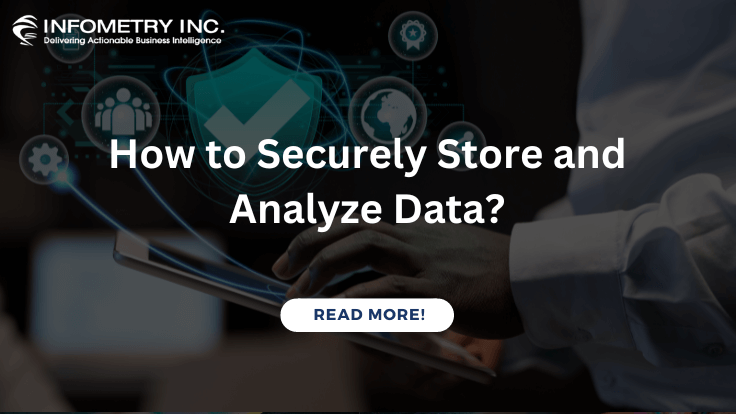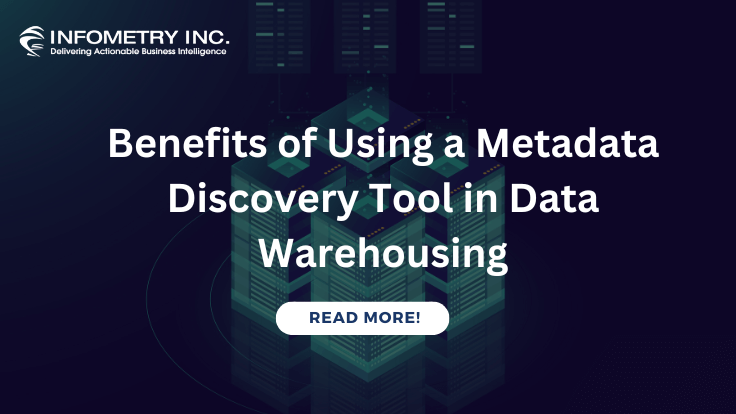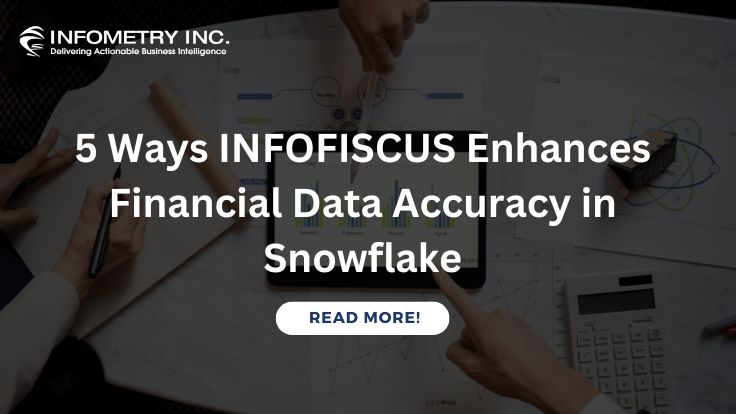
How to Securely Store and Analyze Data?
August 1, 2023
Key Benefits of Integrating with the MuleSoft Anypoint Platform
September 20, 2023Data Visualization Unveiled: Exploring Different Types
We live in an information-driven world where we all work with information, charts, and reports daily. Yet, data mean little on its own unless visualized as valuable data. Data visualization renders basic information in graphical charts and reports, yielding essential data.
Picking the correct visualization can be precarious. Building an innovative and robust report that speeds up dynamics lies in understanding your business needs. Here is a comprehensive guide for the generally used types of data visualization and when to choose what.
Visualizing data is significant to ensure that all the information you gather becomes choices that intensify your business development. Here are the top data visualizations that organizations across the world commonly use.
Top of the Most Common Types of Data Visualization
Line Chart
A line chart is a primary type used to represent data over time. It is commonly used to plot a single variable against time and shows trends and patterns.
Bar Chart
It is a chart that uses rectangular bars to represent data. It is used to compare different categories or groups of data.
Pie Chart
It is a circular chart divided into slices representing a proportion of the whole. It is used to show how different parts contribute to a full.
Scatter Plot
It is a graph that uses dots to represent data points. It is used to show the relationship between two variables.
Heat Map
It’s a graphical picture of data where the individual values are epitomized as colors. It is used to show patterns in data over a two-dimensional space.
Bubble Chart
This type of chart displays data points as bubbles. The size of each bubble signifies the value of a third variable.
Histogram
It is a graph that displays data distribution in a set. It is used to show the frequency of occurrence of a particular range of values.
Treemap
It is a chart that displays hierarchical data using nested rectangles. It is used to show how different categories or data groups relate.
Radar Chart
A radar chart is a chart that uses a spider-web-like visual to display data. It is used to compare multiple variables.
Box Plot
A box plot is a chart that displays data distribution in a set using quartiles. It is used to show the spread and skewness of data.
Network Diagram
It is a graphical representation of a network or a complex system. It is used to show the relationships between different nodes or entities.
Sankey Diagram
A Sankey diagram is a flow diagram that shows the flow of data or resources through a system. It is used to visualize the efficiency of a system or process.
Choropleth Map
It is a map that displays data using different colors or shading to represent different values in other regions or areas. It is used to show the distribution of data over a geographic area.
How to Choose the Right Data Visualization?
Choosing the correct data visualization best practices is important because it can help you effectively communicate your data insights to your audience. Here are some aspects to consider when selecting a data visualization:
Type of data
Consider the data you have and the message you want to convey. For example, if you have time-series data, a line chart may be an excellent choice to show trends over time.
Audience
Consider the audience you are presenting to and their level of expertise in data analysis. Choose a visualization that is easy to understand and that your audience is familiar with.
Message
Consider the main message you want to communicate and the story you want to tell. Choose a visualization that best represents the message and supports the story you are trying to convey.
Complexity
Consider the complexity of your data and the level of feature you want to show. Choose a visualization that can effectively convey the complexity of your data without overwhelming your audience.
Context
Consider the context in which your data is being presented. Choose a visualization appropriate for the context, whether a report, a presentation, or an infographic.
Comparison
Consider whether you need to compare different sets of data. Choose a visualization that can effectively compare different data sets, such as a bar chart or a scatter plot.
Aesthetics
Consider the aesthetics of the visualization. Choose a visually appealing visualization that is easy to read, with a color scheme that is easy on the eyes and doesn’t distract from the data.
Considering these factors, you can choose the correct data visualization to communicate your insights to your audience effectively.
Final Thoughts
Are you ready to make sense of all the data that your association gets? If so, you can’t arrive depending on antiquated analytics or clunky spreadsheets. It’s time to look into various types of data visualization.
Instead, it’s time to partner with the best data visualization services. We’re a full-stack data visualization and analytics products firm ready to assist you with rapidly conveying complex data to every organization member.




